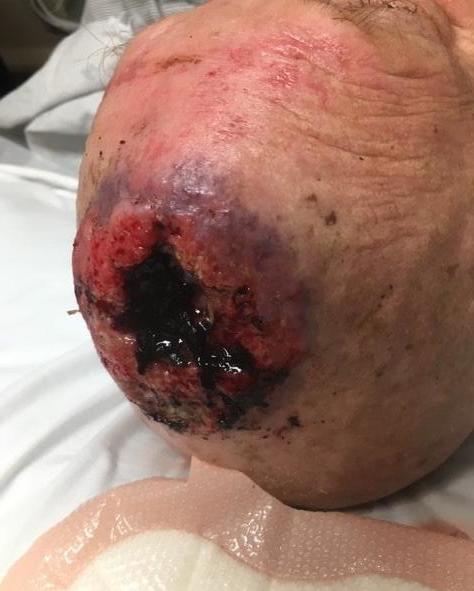COMMITTEE REPORT
COVID-19 and Pediatric Patients By FCEP’s Pediatric Committee Image: ©Aron M | Adobe Stock
The COVID-19 pandemic is rapidly evolving and the healthcare challenges are continuing to increase. Despite the widespread global incidence and increasing number of cases, the epidemiology and clinical presentation of COVID-19 in pediatric patients is not well understood. The majority of children seen for emergent medical problems in the U.S. are seen in general emergency departments, not pediatric-specific institutions, and this will likely continue with the current pandemic. The information below is based on current evidence, and is meant to assist in the evaluation and management of pediatric patients with suspected or confirmed COVID-19. However, new information is available on a daily basis, and the understanding of COVID-19, including the epidemiology, clinical presentation, testing recommendations and clinical management, is subject to change. Additionally, the information below does not pertain nor apply to neonates.
Epidemiology: • A large proportion of pediatric cases appear to be associated with household contact.1
• Incubation period averages 5-6 days, range of 2-14 days.1
• Pediatric patients appear to have
the lowest rate of infection for all age groups, though the apparently low incidence may be due to a significant proportion of asymptomatic and mild cases in children that are not recognized and tested.2,3
• Current reports suggest very low
rates of hospitalization and critical disease (including ICU admission) in pediatric patients.2,3 Of those patients considered to have critical disease, the majority were < 1 year of age.4
• The mortality rate in pediatric
patients appears to be very low.
Statewide PPE Drive
The Centers for Disease Control and Prevention (CDC) reported no pediatric deaths related to COVID-19 in the U.S. as of March 16, 2020.1 Two epidemiological studies from China, the first with 965 pediatric patients (subset of a larger study cohort) and the second with 2,143 pediatric patients (731 laboratory-confirmed cases, 1,412 suspected cases), reported only one death respectively in each cohort of patients.3,4
• There is very limited data on
pediatric patients with chronic disease states and comorbid conditions. These patients, particularly those with pulmonary/ respiratory diseases and those considered immunosuppressed, whether congenital or acquired (including patients on chronic steroids), must be considered high risk for developing severe or critical disease.
The EMLRC, FCEP and Florida Association of EMS Medical Directors (FAEMSMD) are launching a Statewide PPE Drive to connect medical-grade supplies from businesses with EMS/fire agencies and emergency departments in need.
HELP US SPREAD THE WORD Organizations: Join our PPE Network Learn more at fcep.org/ppe 10
EMpulse Spring 2020










